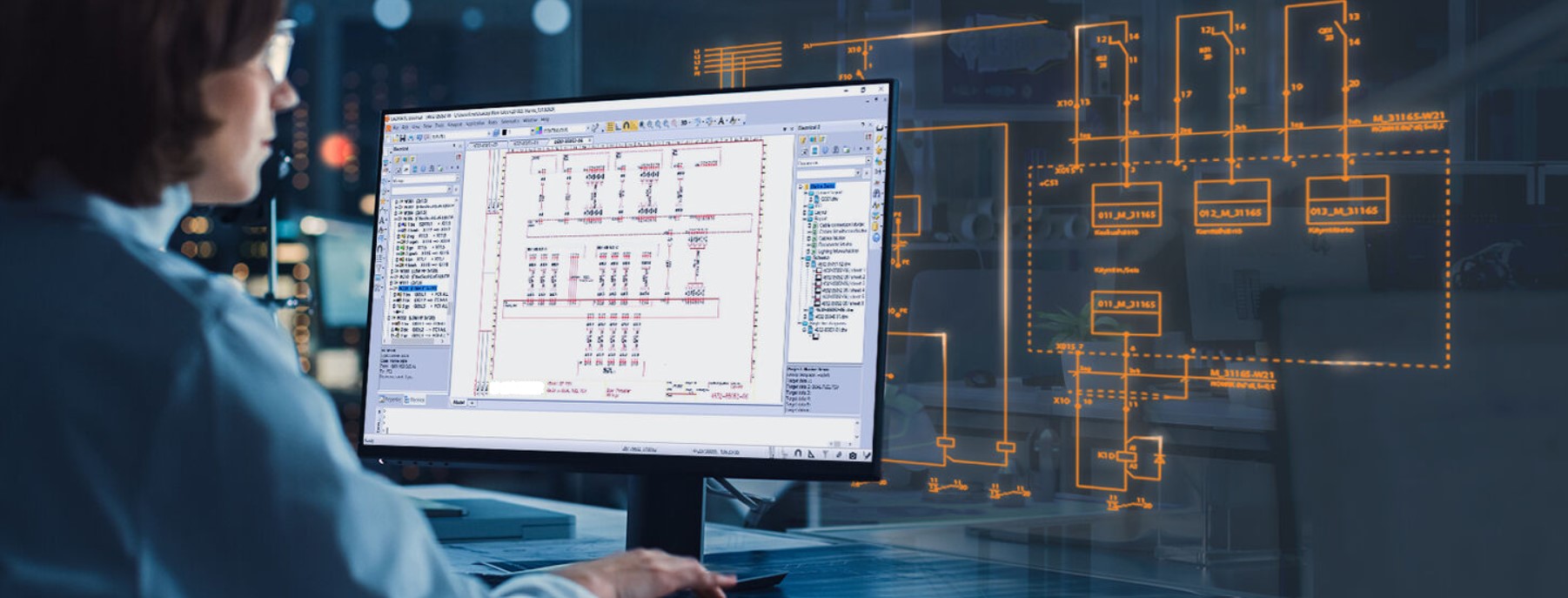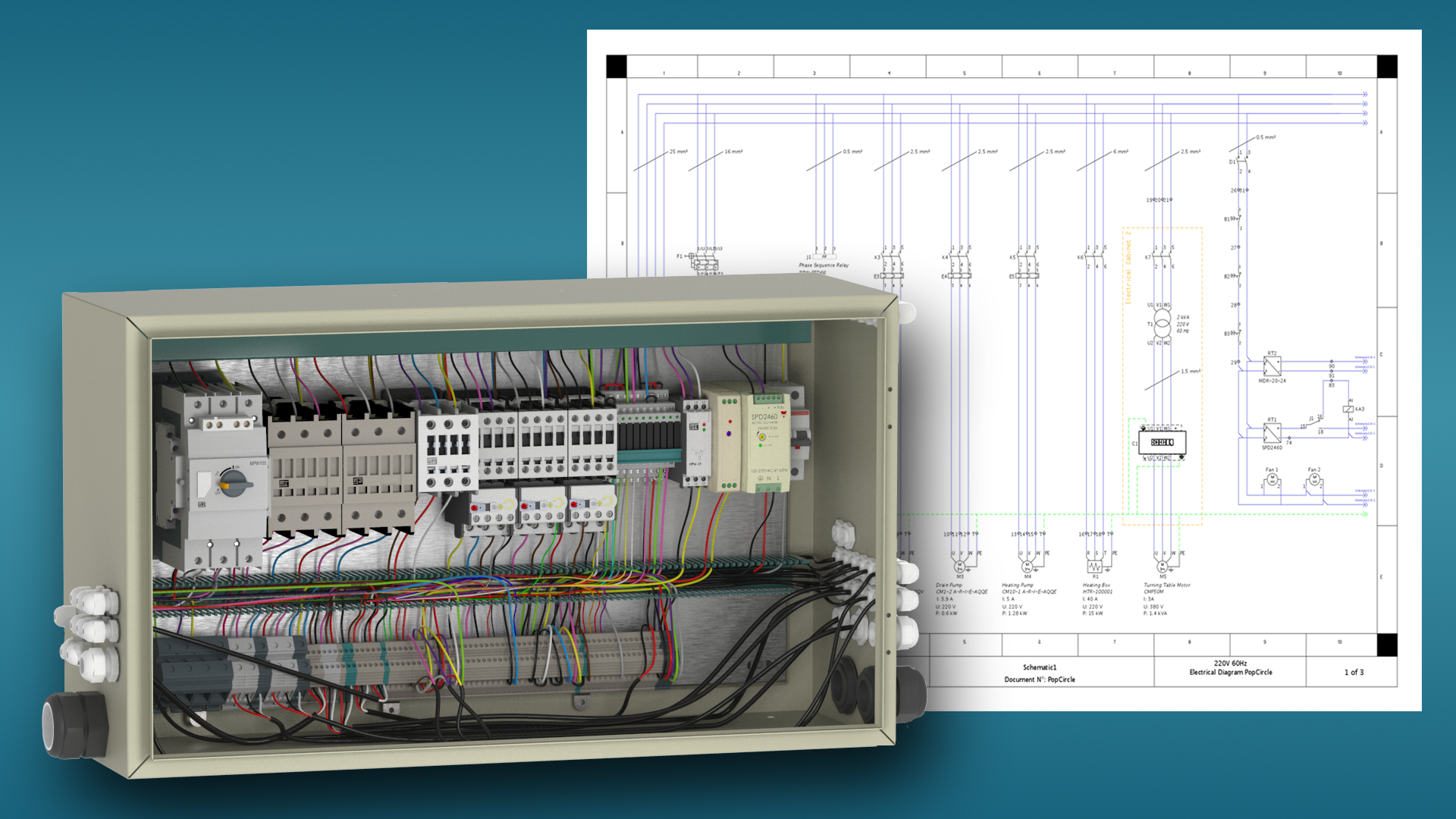Safe Residential Electrical Design Services for Functional Home Wiring
Safe Residential Electrical Design Services for Functional Home Wiring
Blog Article
Ingenious Electrical Design Solutions for Modern Framework
The evolution of contemporary infrastructure necessitates cutting-edge electric design solutions that not just boost functional performance but also address sustainability obstacles. As metropolitan atmospheres expand increasingly complex, incorporating technologies such as smart grids and renewable energy resources becomes extremely important. These innovations not just guarantee to maximize power usage yet additionally foster resilience against future demands. Nevertheless, the landscape of electrical design is undergoing quick change, motivating a better examination of arising trends and their ramifications for long-term facilities practicality. What might the future hold for those who embrace these ingenious methods?
Importance of Cutting-edge Electrical Design
Innovative electric design plays an essential role in modern facilities, affecting not just efficiency however likewise sustainability. As cities develop and the demand for energy boosts, the demand for innovative electrical systems ends up being extremely important. These systems have to not only fulfill current needs but additionally anticipate future development and technical improvements.
A well-executed electric design can significantly decrease energy intake, thereby reducing functional expenses and decreasing ecological effect. By including renewable resource sources, such as solar panels and wind turbines, innovative designs can boost power freedom and durability. Furthermore, clever grid innovations permit real-time monitoring and management of energy distribution, optimizing performance and decreasing waste.
Safety and security is an additional vital element of electric design. Implementing advanced innovations and extensive requirements can minimize risks linked with electric failings, guaranteeing a safe and secure environment for homeowners and services alike. Furthermore, innovative styles facilitate flexibility, allowing facilities to integrate emerging innovations effortlessly.
Key Fads in Electrical Design
As the landscape of electric design remains to develop, numerous vital patterns are forming the future of the industry. One significant trend is the integration of smart innovation right into electric systems. The proliferation of the Web of Things (IoT) has enabled real-time surveillance and control of electric gadgets, enhancing performance and promoting anticipating maintenance.
Another fad is the growing emphasis on modular design. This approach enables for scalable and flexible remedies, making it possible for framework to adapt to transforming requirements without extensive remodellings. Furthermore, making use of advanced simulation devices and Structure Information Modeling (BIM) is becoming increasingly widespread, streamlining the design process and enhancing partnership amongst stakeholders.
In addition, advancements in materials scientific research are bring about the development of lighter, a lot more long lasting, and energy-efficient elements. This innovation is particularly essential for high-performance structures and facilities jobs.
Last but not least, there is a significant shift towards data-driven decision-making - industrial electrical design. Leveraging information analytics assists developers enhance systems for efficiency and cost-effectiveness. Together, these fads represent a transformative era in electric design, improving performance, sustainability, and strength in modern-day framework
Lasting Power Solutions
Lasting power options are progressively becoming an important focus in electric design, showing a wider commitment to environmental obligation and resource performance. These services aim to reduce ecological influence while optimizing power intake in numerous infrastructures, from household buildings to large industrial facilities.
One of the foremost techniques includes the integration of sustainable energy sources, such as photovoltaic panels and wind turbines, right into electric systems. This not only lowers reliance on fossil gas but likewise improves power strength. Additionally, innovative power storage systems, such as sophisticated batteries, allow reliable monitoring and distribution of power, making certain that excess power produced during peak production can be made use of during high need periods.
In addition, energy-efficient design practices are being adopted to boost overall system efficiency. This includes using energy-efficient lighting, a/c systems, and smart structure modern technologies that adapt and keep an eye on energy usage based upon occupancy and ecological conditions.
Smart Grid Technologies
The application of sustainable energy services normally leads to the expedition of wise grid innovations, which play an essential function in improving electric systems. Smart grids leverage advanced interaction technologies and data analytics to boost the reliability, efficiency, and sustainability of electrical energy distribution. By integrating digital innovation with standard grid facilities, these systems promote real-time surveillance, automated control, and improved decision-making capabilities.
One of the key attributes of wise grids is their capability to fit renewable resource resources, such as solar and wind power. This versatility not just reduces dependency on fossil gas but also permits an extra decentralized energy manufacturing design. In addition, smart grids make it possible for need action programs, where customers can adjust their power usage based upon real-time pricing, thereby advertising power preservation and lowering peak load needs.
Furthermore, smart grid innovations boost grid durability by making it possible for quicker recognition and resolution of interruptions, ultimately reducing downtime. With anticipating maintenance and analytics, utilities can enhance and enhance procedures solution delivery. As cities and communities remain to develop, smart grid technologies are crucial for building a effective and lasting electrical infrastructure that fulfills the demands of modern-day society.

Future-Proofing Infrastructure
To guarantee long-lasting feasibility and versatility, future-proofing infrastructure is crucial in the quickly progressing landscape of electric design solutions. As modern technology breakthroughs and power needs shift, it is vital that electric systems are created with flexibility in mind. This requires incorporating scalable internet solutions that can suit future upgrades without demanding comprehensive overhauls.

Furthermore, sustainability must be a cornerstone of future-proofed styles. Utilizing renewable resource sources, such as solar and wind, and optimizing power effectiveness minimize dependence on fossil gas, straightening with worldwide efforts to deal with climate modification.
Final Thought
To conclude, cutting-edge electric design solutions play a critical role fit modern-day facilities. By prioritizing performance, adaptability, and sustainability, these services address the developing needs of energy systems. The integration of clever grid technologies and lasting energy options improves resilience and lowers operational expenses. Future-proofing facilities through advanced simulation devices and modular approaches guarantees that electrical systems stay receptive to altering needs, ultimately adding to site an extra energy-independent her explanation and lasting future.
A well-executed electrical design can considerably reduce energy intake, thereby reducing functional prices and lessening ecological influence. By integrating renewable energy resources, such as solar panels and wind generators, ingenious layouts can boost energy freedom and strength. Furthermore, innovative energy storage space systems, such as advanced batteries, allow effective administration and circulation of power, making certain that excess energy produced throughout height production can be used during high demand periods.
Clever grids enable need response programs, where customers can adjust their energy use based on real-time pricing, therefore promoting energy preservation and decreasing peak load needs. (electrical engineering design services)
As technology developments and power demands shift, it is essential that electrical systems are made with flexibility in mind.
Report this page